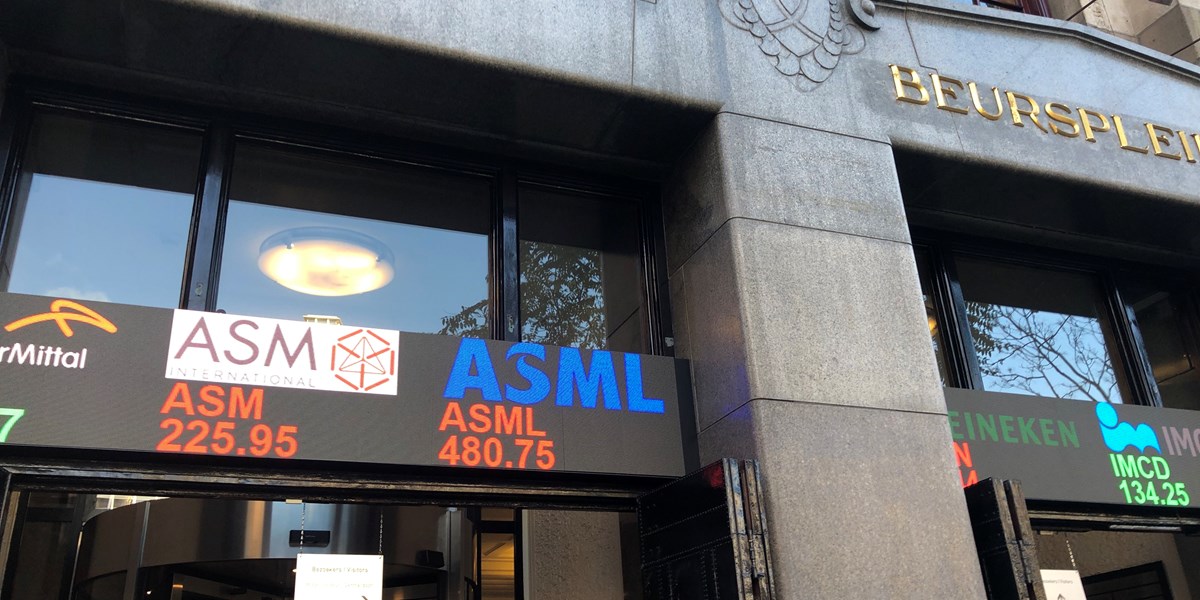There’s no shortage of static when it comes to financial advisors with wellness advice these days. Social media feeds, banking apps, 24-hour news channels and podcasts are all crowded by influencers, experts and a never-ending deluge of what it takes to be financially secure. In the meantime, inflation’s still a force to be reckoned with, groceries are still expensive and student loans aren’t getting any cheaper to service and pay. Retirement for many consumers may seem so far out of reach that it’s not even on the financial roadmap.
Doug Brown, chief product officer, digital banking at Candescent, told PYMNTS’ Karen Webster recently that financial questions and fear of missteps plague many consumers and their households, even though the larger set of economic data may point to things gradually getting better. As he described it, there’s a heightened awareness of the need to save, to plan and to succeed, but the onslaught of advice and exhortations — more an inciter-of-panic than rational help — is enough to drive consumers to stick their heads in the proverbial sand, because they feel like failures.
“The best partner is in fact the local community bank who understands them and their environment better than most,” Brown told Webster. “There’s been a lot of outreach from both banks and others trying to inform, but what they’re probably doing is it’s creating a little bit more panic than rational help. That’s why consumers are seeking a company they can trust to guide through this.”
Credit unions and smaller banks “want to be top of mind with the small businesses and the consumers in the communities they serve,” Brown said. These banks, which already have relationships with consumers — should be natural financial advisors. Yet PYMNTS Intelligence and NCR Voyix (the former name of Candescent) found that only 57% of customers sought advice from their banks last year.
The Moment of Pressure is a Moment of Engagement
Among the timeliest moments of engagement is when the consumer is under pressure. When consumers miss a payment or two, interaction and a personalized, even human-touch outreach by the bank can stave off delinquencies or real financial trouble. It’s tough for banking clients to know what they need when they don’t know what questions to ask. Digital tools, combined with a banker/financial advisor model, can pay dividends for both the client and the bank.
“The banks can detect where [customers] are in the moment,” Brown said, and through a combination of financial literacy offerings and awareness and outreach, informed by customer level data, can help them help their customers. Some key and critical quick fixes might include reducing a rate on an auto loan, forgiving a few late fees, or helping a client boost a credit score by 10 points rather quickly, while saving a few extra dollars for the monthly budget.
“It’s about getting the full financial picture and bringing all of these things together,” he said, by using data aggregation tools and presenting a personalized plan, accessible through digital channels.
A proactive approach, he said, “will win a customer for life,” because banking clients are keen on being engaged, and on learning, rather than just being “talked to.”
Community banks, he told Webster, “can be the ‘go to’ to help clients with all of these things. But to do that they have to be consistent — to be aware of who it is, what they need, and to have a great set of digitally-based capabilities that make it effective and efficient to serve up what they’re after.”








